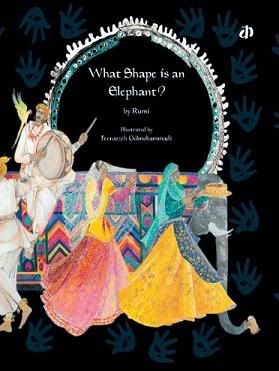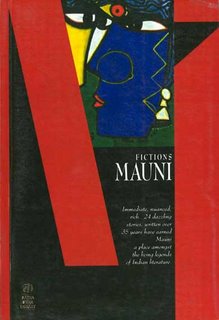(August 11th, The Hindu Business Line, 2006)
Young readers and their parents are hungry for homespun stories.
Archana Venkat
 Closer home: Children's books with Indian stories are in bigger demand now. - V. GANESAN
Closer home: Children's books with Indian stories are in bigger demand now. - V. GANESAN
Once Upon a Moontime... ' Sounds familiar? Perhaps not, unless you grew up in Arunachal Pradesh. But now you can read all about this tale sitting in any part of India, thanks to the growth in publications for children.
But in an electronic era, are children interested in books at all? Of course, there's all that craze for Harry Potter and his series of adventures.
Katha and Tulika Publishing bring out books for children. Katha publishes stories from largely Indian folklore and mythology, while Tulika focuses on contemporary fiction and has bi-lingual books where the text in English and one other regional language to help children pick up regional languages. "Aside from Harry Potter, do kids really have a variety of Indian books to choose from," asks Geeta Dharmarajan, Director, Katha. "We want to provide them that choice." Katha publishes stories largely from Indian folklore and mythology, as there is a rejection of foreign literature at some level with parents asking for Indian stories, she adds.Sandhya Rao, Editor, Tulika, says parents have become more conscious and want children to look at books from other cultures, not necessarily from the UK or the US. Tulika focuses on contemporary fiction and brings out bi-lingual books that can help children pick up regional languages.
Regional riches
Multicultural India is a rich storehouse of stories for children and young adults in all regional languages. As many young readers seem to prefer reading in English, publishers are also bringing out translations of regional literature.
Katha publishes little-known tales like Mayil Ravana, where Hanuman is the protagonist instead of Ram. There is also a Dalit Ramayana and a tribal version of the Mahabharata. "Conventionally characters in our epics are portrayed as either good or bad. The narrative is often third person glorifying the hero," says Geeta. She believes that children must be exposed to different cultural versions of stories to help them form a broad worldview and overcome prejudices.
Folktales and legends are another favourite source for publishers. Northeast India is an untapped source rich with folklore and mythology, she says. Katha is publishing a series of tales from the Northeast, with some of them being translated in English for the first time.
Local flavours
"There are many books coming up with local legends but one needs to write such stories keeping in mind their cultural background," says Sandhya, pointing out that it is important to retain cultural differences in the translations. She gives the example of a popular Swedish work, Pippi Longstrump, which was translated into English.
"The Swedes drink a lot of coffee. So the original book had people drinking coffee. But when the book was translated into English, coffee was replaced with tea because the English are tea drinkers," she says. Though this helps in making the story universally familiar, it does not give children the chance to know about Swedish culture, she says. Imagine replacing roti with rice while translating a Hindi tale into Tamil!
With such attention to detail, translation is a tough job. Geeta feels that translating from Indian languages to English is more difficult. "Our stories are simple with a lot of scope for imagination. Western stories are very descriptive and make readers imagine the story from the author's point. So when you translate an Indian author like Asokamitran in English, the stories fall flat," she says.
But the pain taken by publishers has not gone in vain. The spotlight on Indian stories appears here to stay. "Over the last 5-6 years, the market for children's books has grown by leaps and bounds and I see a lot of potential for Indian fiction," says Sandhya.
Geeta recalls a recent visit to an Ahmedabad bookstore where she spotted Katha storybooks placed in front of the Harry Potter series. "The shopkeeper said the initial rush for Potter books was over and people needed their staple diet — Indian fiction!" she says.
But this is not so everywhere. Retailers often display foreign books (generally priced way above Indian publications) more prominently as these fetch better margins. A Harry Potter book priced Rs 875 is no match for a Malgudi Days priced Rs 100 or so.
Sandhya says that in England and a few other countries, local publishers are encouraged more than foreign publishers. "I wish our retailers could encourage some local publishing houses," she says.







